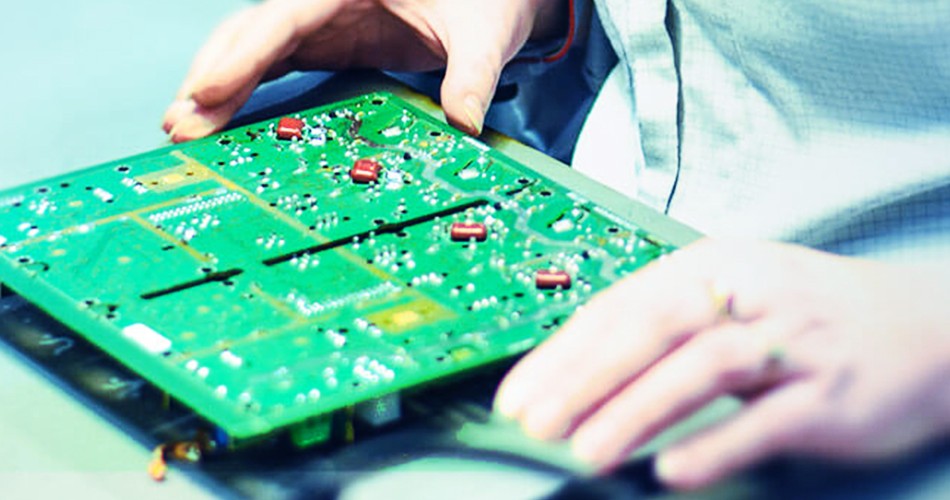- English
- Español
- Português
- русский
- Français
- 日本語
- Deutsch
- tiếng Việt
- Italiano
- Nederlands
- ภาษาไทย
- Polski
- 한국어
- Svenska
- magyar
- Malay
- বাংলা ভাষার
- Dansk
- Suomi
- हिन्दी
- Pilipino
- Türkçe
- Gaeilge
- العربية
- Indonesia
- Norsk
- تمل
- český
- ελληνικά
- український
- Javanese
- فارسی
- தமிழ்
- తెలుగు
- नेपाली
- Burmese
- български
- ລາວ
- Latine
- Қазақша
- Euskal
- Azərbaycan
- Slovenský jazyk
- Македонски
- Lietuvos
- Eesti Keel
- Română
- Slovenski
- मराठी
- Srpski језик
Unstable quality in PCBA processing: causes and countermeasures
2025-05-06
In the process of PCBA (Printed Circuit Board Assembly) processing, unstable quality is a common and challenging problem. Unstable quality not only affects the performance and reliability of the final product, but may also lead to increased production costs and decreased customer satisfaction. This article will explore the causes of unstable quality in PCBA processing and provide corresponding countermeasures to help companies improve the consistency and stability of product quality.

I. Main causes of unstable quality
1. Raw material problems
Inconsistent supplier quality: The quality of raw materials is affected by the supplier's production control and management level. If the quality of raw materials provided by the supplier is inconsistent, it will lead to unstable quality of the final product.
Material defects: Defects in the raw materials themselves, such as poor soldering performance or electrical performance problems, will also affect the quality of PCBA.
2. Production process problems
Poor process control: During the production process, if the process parameters are not strictly controlled, it may lead to poor product consistency. For example, improper control of soldering temperature and time will affect the quality of solder joints.
Equipment failure: Failure or aging of production equipment may cause quality problems in the production process, such as poor soldering or inaccurate patch.
3. Operator issues
Insufficient operating skills: Insufficient skill levels and experience of operators may lead to irregular operations during the production process, which in turn affects product quality.
Insufficient training: Operators have not received sufficient training, which may lead to improper operations or failure to follow standard operating procedures, resulting in quality problems.
4. Environmental factors
Unstable production environment: Factors such as temperature and humidity changes and static electricity in the production environment may affect the processing quality of PCBA. For example, excessive humidity in the environment may cause moisture problems in components.
Cleanliness issues: Unclean production environment may lead to increased contaminants on PCB boards, thereby affecting soldering quality and electrical performance.
II. Countermeasures for unstable quality
1. Strengthen raw material management
Supplier evaluation: Strictly evaluate and review suppliers and select suppliers with stable quality assurance. Regularly check and evaluate the supplier's quality control system to ensure the stability and consistency of raw materials.
Material testing: When receiving raw materials, carry out necessary quality testing and acceptance to ensure that the materials meet the specifications. Establish a material warehousing inspection system to promptly detect and handle material problems.
2. Optimize production process
Process standardization: formulate detailed process standards and operating procedures to ensure the consistency and stability of the production process. Strictly control process parameters, and regularly verify and optimize the process.
Equipment maintenance: Regularly maintain and service production equipment to ensure the normal operation and stability of the equipment. Regularly calibrate the equipment to maintain its accuracy and reliability.
3. Improve operator skills
Training plan: formulate a detailed training plan, conduct regular training for operators, and improve their operating skills and quality awareness. The training content should include operating procedures, quality standards, and troubleshooting methods.
Skill certification: Provide skill certification for operators to ensure that they have the necessary technical level and operating ability. Skill certification can improve the professional quality and work efficiency of operators.
4. Improve the production environment
Environmental control: Effectively control the temperature and humidity of the production environment to ensure that the environmental conditions meet the production requirements. Use environmental monitoring equipment to monitor the changes in environmental parameters in real time.
Cleaning management: Regularly clean and maintain the production environment to keep the production area clean. Take measures to reduce the impact of static electricity and pollutants on the production process.
5. Implement the quality management system
Quality control system: Establish a complete quality control system, covering all aspects from raw material procurement, production process control to finished product inspection. Through the implementation of the quality control system, quality problems can be effectively discovered and solved.
Continuous improvement: Regularly conduct quality reviews and assessments, analyze the root causes of quality problems, and implement improvement measures. Through continuous improvement, improve the stability and consistency of product quality.
Conclusion
In PCBA processing, unstable quality is an issue that needs to be taken seriously. By strengthening raw material management, optimizing production processes, improving operator skills, improving the production environment, and implementing a quality management system, companies can effectively deal with the problem of unstable quality and improve the quality consistency and stability of products. In the face of future market competition, companies should continue to pay attention to the best practices of quality management and continuously optimize the production process to meet the high standards of customers.
-
Delivery Service






-
Payment Options









